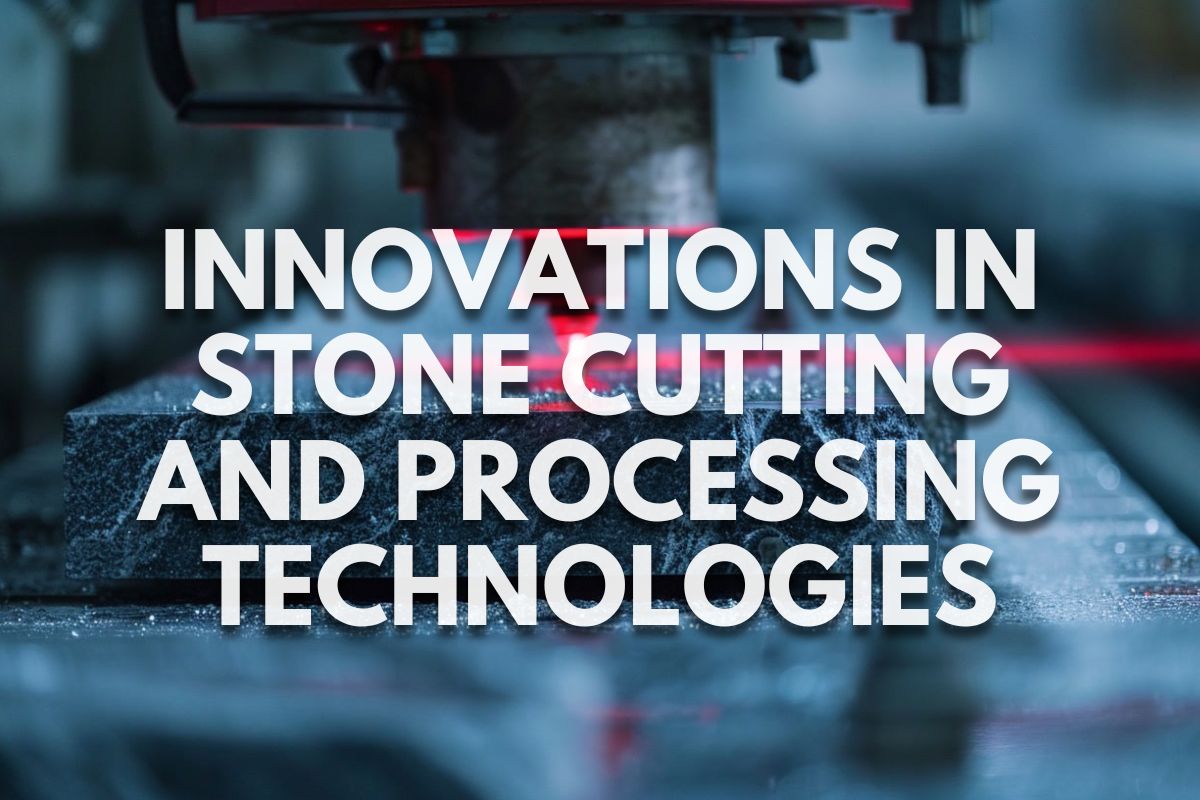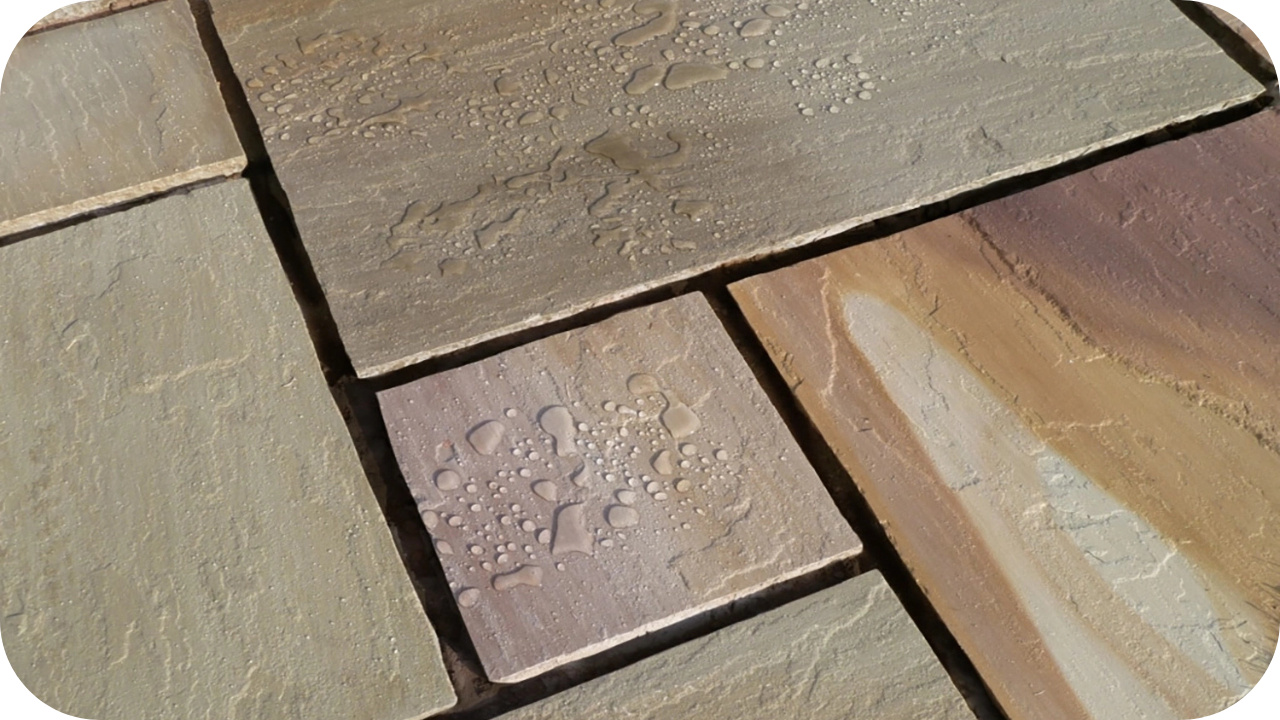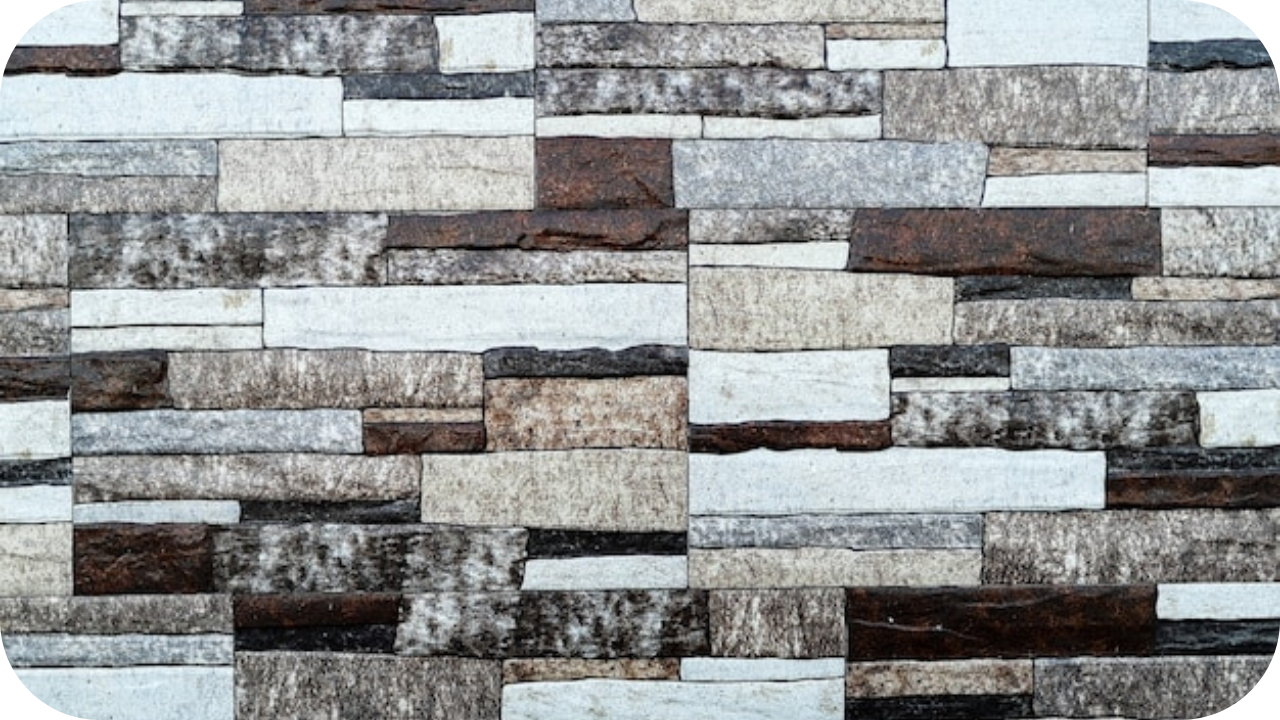
Traditional stone-cutting methods are slow, labour-intensive, and prone to errors.
As demand grows and deadlines tighten, inefficiencies become costly bottlenecks, hindering productivity and profit margins.
However, with the advent of innovative stone cutting and processing technologies, such as precision laser cutting and robotic fabrication, the industry is experiencing a transformative shift towards faster, more accurate, and cost-effective methods. These methods empower businesses to meet the demands of modern construction projects with unparalleled efficiency.
Evolution of Stone Cutting and Processing Technologies
The evolution of stone-cutting and processing technologies has been marked by significant advancements to enhance efficiency, precision, and sustainability in the industry.
Historically, manual methods such as hammering and chiselling were predominant, characterised by slow progress and limited accuracy. However, the introduction of mechanical saws revolutionised the field, enabling faster cutting speeds and improved consistency.
In recent decades, integrating computer-aided design (CAD) and computer numerical control (CNC) technology has further transformed stone processing.
CNC machines allow for intricate designs and precise cuts with minimal human intervention, reducing errors and waste. Moreover, diamond tooling and abrasive technologies have enhanced cutting performance while prolonging tool lifespan.
The emergence of robotics and automation has ushered in a new era of efficiency and productivity. Robotic arms with advanced sensors and algorithms can handle complex tasks such as carving and polishing with unmatched precision and speed.
Advanced Cutting Technologies
- Advanced Cutting Technologies: Utilize cutting-edge methods like waterjet, laser, and wire saw technology for precise and efficient stone processing, ensuring superior quality and aesthetic appeal.
- Thermal Damage Prevention: To minimise the risk of thermal damage, opt for waterjet cutting. This method preserves the integrity and beauty of your stone materials without compromising on quality.
- Intricate Designs: Harness the capabilities of laser cutting to achieve intricate patterns and shapes, allowing for unique and visually stunning stone features that elevate the overall design of your home projects.
- Efficient Block Processing: Employ wire saw technology to efficiently cut large stone blocks, reducing waste and maximising productivity while maintaining consistency and accuracy in your installations.
- Sustainable Solutions: Embrace advanced cutting technologies to reduce material waste and energy consumption, contributing to environmental sustainability in your projects and ensuring a greener future for future generations.
High-Tech Machinery and Equipment
- High-Tech Machinery and Equipment: Employ cutting-edge CNC machines for precise, automated stone cutting and shaping based on digital designs, ensuring consistent accuracy and intricate detailing.
- Robotic Assistance: Utilize robotic arms equipped with advanced sensors and software for tasks like carving and polishing, enhancing productivity, precision, and workplace safety.
- Diamond Tooling Advancements: Benefit from improved cutting performance and longevity with advanced diamond tools, combined with waterjet and laser technologies, to process various stone materials while minimising waste efficiently.
Automation and Robotics
Automation and robotics have revolutionised stone cutting and processing, offering unparalleled precision, efficiency, and safety. Robotic arms equipped with advanced sensors and software can handle various tasks, including carving, polishing, and material handling, with exceptional accuracy and speed.
These robots operate tirelessly, reducing the need for manual labour and minimising the risk of human error.
Moreover, automation streamlines production processes, leading to increased productivity and reduced lead times. Automated systems can perform repetitive tasks with consistent precision, ensuring uniformity in the finished products.
Furthermore, robotic technology enhances workplace safety by reducing workers’ exposure to hazardous conditions, such as heavy lifting or dust and debris.
Digital Modeling and Simulation
Digital modelling and simulation have become indispensable tools in the stone-cutting and processing industry, facilitating efficient project design, planning, and optimisation.
With advanced computer-aided design (CAD) software, designers can create detailed 3D models of stone structures and features with precision and ease.
These digital models allow for thorough visualisation and analysis, enabling designers to identify potential issues and refine designs before fabrication begins.
Additionally, simulation software can simulate various cutting and processing scenarios, allowing for optimisation of cutting paths, tool selection, and material usage.
Sustainability and Eco-Friendly Innovations
Sustainability and eco-friendly innovations are increasingly shaping the stone-cutting and processing industry, driven by environmental concerns and regulatory requirements. Manufacturers are adopting various sustainable practices and technologies to minimise the environmental impact of stone extraction, processing, and installation.
- Energy Efficiency: Invest in energy-efficient machinery and equipment, such as CNC machines and robotic systems powered by renewable energy sources, to reduce energy consumption and carbon emissions.
- Water Conservation: Implement closed-loop water recycling systems and water-efficient cutting methods, such as waterjet technology, to minimise water usage and waste.
- Stone Recycling and Reuse: Explore stone recycling and reuse options to repurpose waste materials into new products or aggregates for construction applications, reducing landfill waste.
- Ethical Sourcing: Prioritize ethically sourced and certified stone materials to promote responsible sourcing practices and meet consumer demand for sustainability.
Integration of IoT and Data Analytics
Integrating the Internet of Things (IoT) and data analytics revolutionises the stone-cutting and processing industry, enhancing efficiency, productivity, and decision-making processes. IoT devices like sensors and cameras are deployed throughout production to collect real-time data on equipment performance, material characteristics, and environmental conditions.
This data is then analysed using advanced analytics algorithms to identify patterns, optimise workflows, and predict maintenance needs. For example, predictive maintenance algorithms can detect signs of equipment malfunction before they occur, minimising downtime and preventing costly repairs.
Furthermore, IoT-enabled tracking systems provide end-to-end visibility into the supply chain, allowing manufacturers to monitor the movement of raw materials and finished products in real time. This enhances inventory management and logistics planning, reducing waste and improving delivery times.
Case Studies and Examples
1: Robotic Stone Cutting System
A robotic stone-cutting system has transformed the production process in a marble processing facility in Italy. The system, equipped with advanced sensors and computer vision technology, autonomously identifies imperfections in raw stone blocks and plans precise cutting paths to maximise yield while minimising waste.
For example, when processing a block with natural veins and fissures, the robotic system analyses the stone’s structure, and strategically places cuts to enhance the aesthetic appeal of the final slabs.
2: Waterjet Cutting in Architectural Sculpture
Waterjet cutting technology was employed to create intricate stone sculptures in a project commissioned by a renowned architect for a landmark building. The project required precise cutting of large stone blocks to achieve complex geometric shapes and patterns.
By using waterjet cutting, the artisans achieved unparalleled precision without compromising the integrity of the stone material. For instance, intricate floral motifs were intricately carved into marble panels using waterjet technology, resulting in stunning architectural embellishments.
This case exemplifies how waterjet cutting has revolutionised the creation of artistic stone elements in architectural design, offering limitless possibilities for creativity and expression.
Future Trends and Challenges
1. Integration of Artificial Intelligence (AI) and Machine Learning:
- Predictive maintenance and optimisation of cutting parameters.
- It has enhanced efficiency and productivity through AI-driven decision-making.
- Potential for autonomous operation and adaptive cutting systems.
2. Advancements in 3D Scanning and Modeling:
- Precise customisation of cutting solutions for bespoke stone products.
- Improved accuracy in complex geometric cutting and shaping.
- Facilitate virtual prototyping and design validation processes.
3. Sustainable Practices in Stone Processing:
- Adoption of eco-friendly cutting methods and materials.
- Reduction of waste through efficient resource utilisation.
- Compliance with environmental regulations and corporate sustainability goals.
Challenges:
- Integration of emerging technologies into existing infrastructure.
- Workforce training and skill development to adapt to new technologies.
- We are navigating regulatory frameworks related to environmental sustainability and worker safety.
Conclusion: Key Innovations
Innovations in stone-cutting and processing technologies have reshaped the industry, enhancing efficiency and sustainability.
Embracing these advancements is critical to staying competitive. Explore the latest cutting-edge solutions and integrate them into your operations to unlock new levels of productivity and craftsmanship.
More To Explore

How to Tell If Stone Is Porous or Not
When selecting stone for your home or project, knowing whether it’s porous can make a huge difference. Porosity affects how your stone absorbs water, stains,

Split Face Stone: What It Is and When to Use It
Looking for a unique, durable material to elevate your next project? Split face stone might be the perfect choice. Known for its textured finish and


